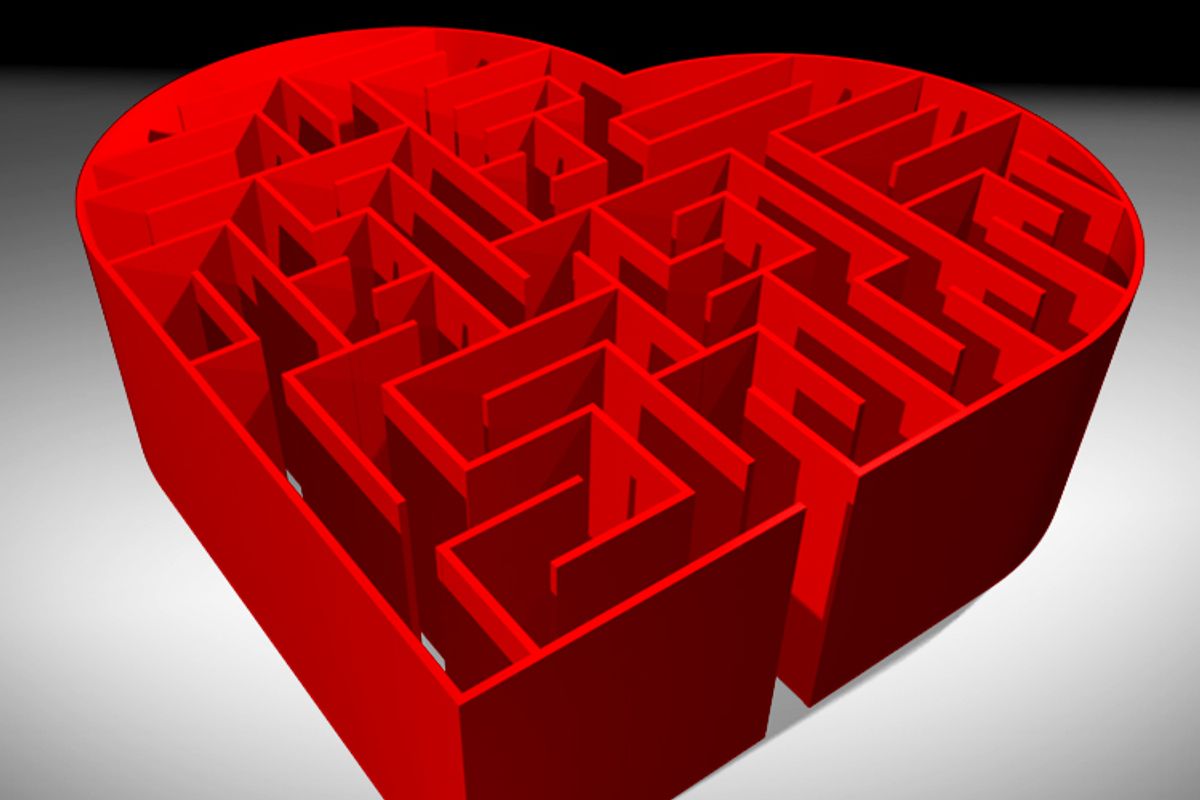Printing 3D objects is not just a gimmick for Oreo; the technological advancement has amazing, practical uses in bioengineering. For several years scientists have been able to print 3D organs, but never quite like this. Harvard professor Jennifer Lewis, a materials scientist, and her team made the first 3D organs that are not solid masses. According to MTI Technology Review they created “tissue interlaced with blood vessels” using a special “disappearing ink." The process is explained below:
“Lewis’s group solved the problem by creating hollow, tube-like structures within a mesh of printed cells using an “ink” that liquefies as it cools. The tissue is built by the 3-D printer in layers. A gelatin-based ink acts as extracellular matrix—the structural mix of proteins and other biological molecules that surrounds cells in the body. Two other inks contained the gelatin material and either mouse or human skin cells. All these inks are viscous enough to maintain their structure after being laid down by the printer.
A third ink with counterintuitive behavior helped the team create the hollow tubes. This ink has a Jell-O-like consistency at room temperature, but when cooled it liquefies. The team printed tracks of this ink amongst the others. After chilling the patch of printed tissue, the researchers applied a light vacuum to remove the special ink, leaving behind empty channels within the structure. Then cells that normally line blood vessels in the body can be infused into the channels.”
These organs are not yet suitable to be transplanted into humans, as the tubular vessels are 75 micrometers — much larger than human capillaries. However, the ability for 3D printable organs to have a potential for blood supply -- the life-force cells need to bring them the nutrients and oxygen -- is a huge advancement in 3D printing bioengineering. Lewis called the blood vessel lined tissue a “foundational step.” She told MIT Technology Review, “We view this as a method to print the larger vessels; then we want to harness biology to do the rest of the work.”

Shares